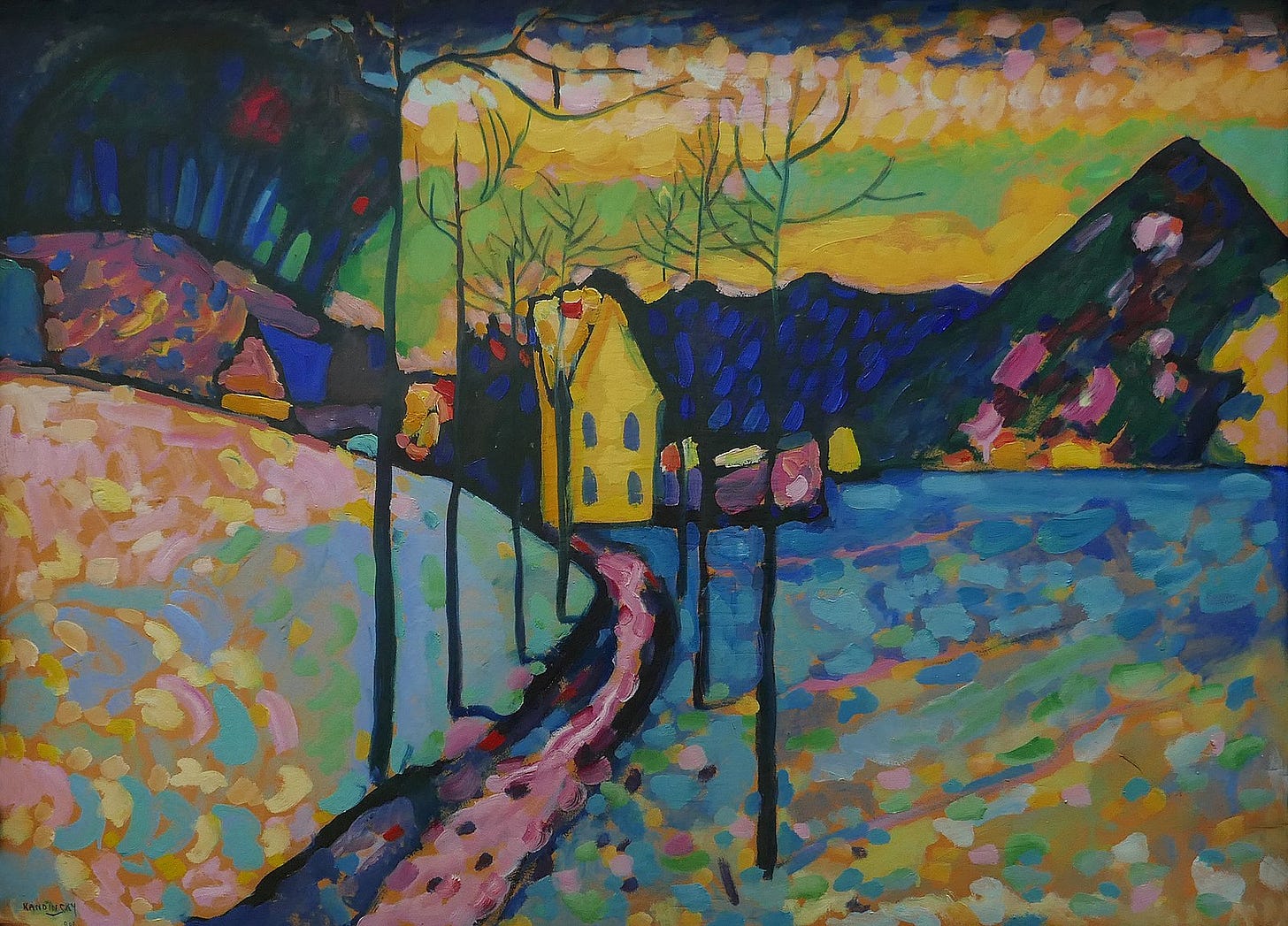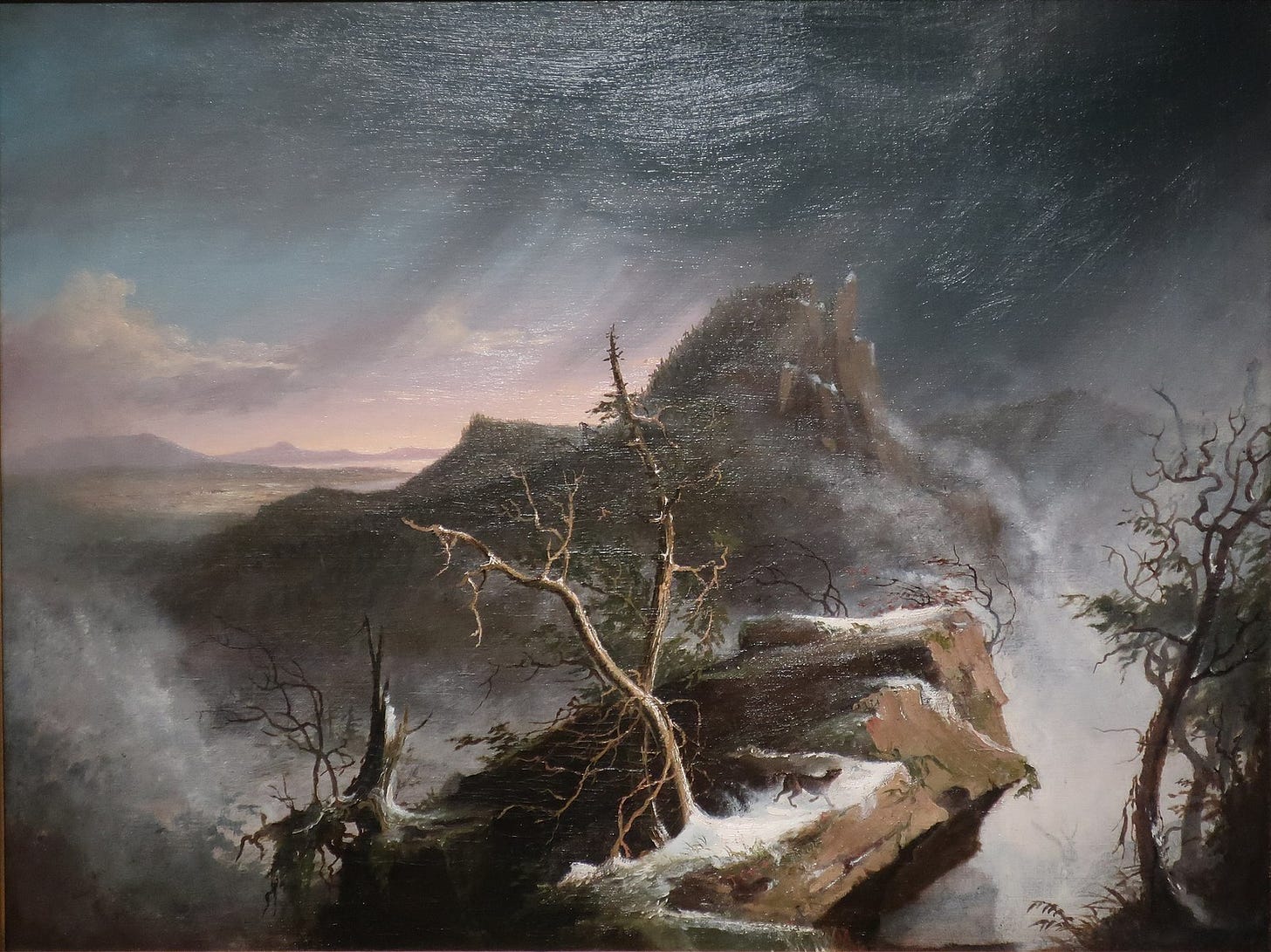We’ve had a string of springish days here in Virginia recently. The most eager trees are blooming pink now, and Jake and I have been enjoying riding around our hilly neighborhood on recently tuned-up bikes. In these early warm days, each ray of sunshine feels palpable on the bridge of my nose.
However! As these are the in-between days, it snowed and froze all weekend, winter’s last hurrah. I’m taking the opportunity to write my last couple of posts in this late-winter series.
So: a list of winter’s end beauty, for you. If you feel a hunger for something good in a less abundant season of your life, why not feast on some art and music?
Let’s begin with one of those winter scenes you’ve probably seen here and there but might not know anything about. I give you: Pieter Brueghel, The Hunters In The Snow. If this looks suspiciously similar to the cover art of Fleet Foxes…you’re right!
Rachel-Anne Johnson notes that this painting includes vignettes of both winter labor and winter play, and “an order to the world that is both cyclical and divinely ordained.”1
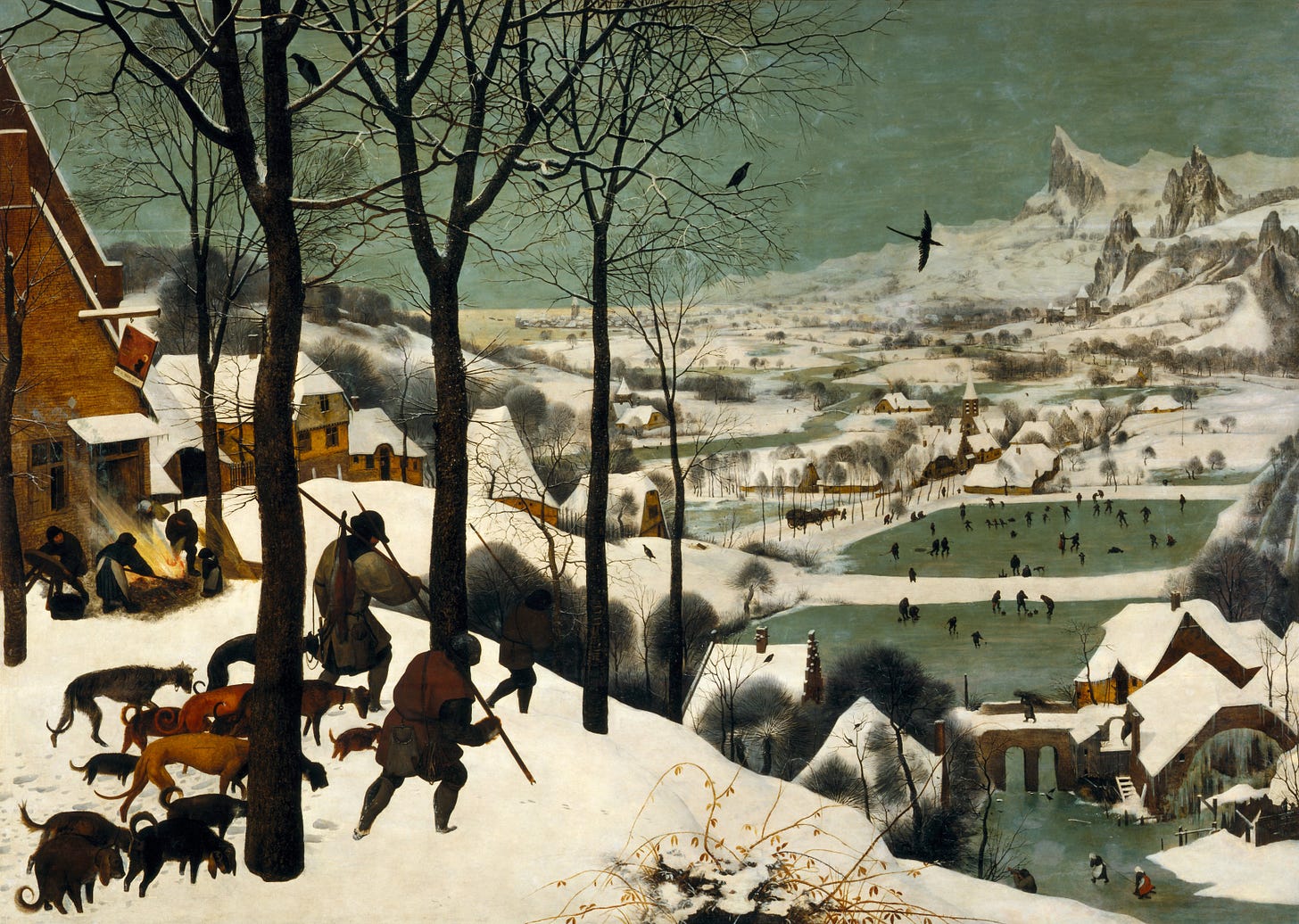
And for a coming-out-of-winter counterpart, here’s the next in sequence from Brueghel, The Gloomy Day. The two are part of a cyclical series called The Labours of the Months. Interestingly, spring is the season that’s missing out of the whole series, but we do still have this transitory landscape to represent February and March, the middling months between winter and spring. How often have you seen this season represented in art?
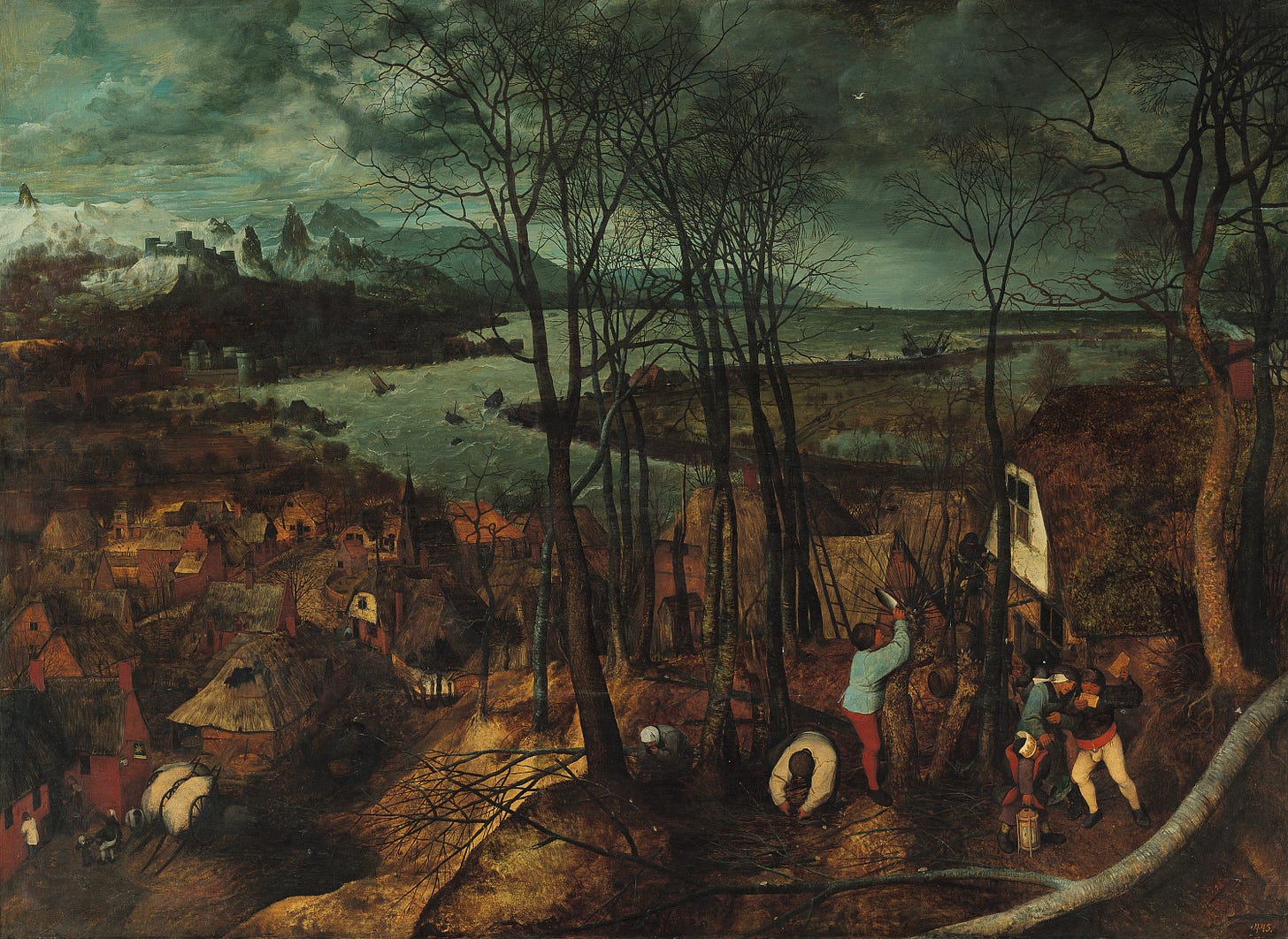
In college I went to a worship night led by Jonathan and Melissa Helser, and got to hear a story from Melissa about how she had come to embrace her seasonal and personal winters because of “the clarity that winter brings.” The Helser’s creative worship collective, Cageless Birds, has since released a book of the same title, and this instrumental song:
Wassily Kandinsky, Winter Landscape, 1909. This is a good one to take in for a long while. How often do we know our own winter landscapes to only be gray and brown? Do we look for the present color? If anyone can help you pay attention to it, Kandinsky can.
Thomas Cole, A Snow Squall, 1825. I have to include a Thomas Cole painting, simply because he is my very favorite and I learn so much about painting landscape the longer I view his works. Cole deals in the sublime, which is the visual idea of the inherent beauty and terror of nature overwhelming the scene, causing the human viewer to remember one’s own smallness and frailty. A Snow Squall is no exception, but yet there’s hints of color and glory off in the distance nonetheless.
To bookend this brief collection, I give you what is maybe my favorite winter painting of all: The Skating Minister, painted by Henry Raeburn in the 1790s. This is one of Scotland’s best-known-and-loved, and I agree. This painting perfectly encapsulates Scotland. Winter weather in the background, someone getting out into the winter regardless of the weather, a preacher doing something absolutely ridiculous with an air of poise. I love it. It makes me smile every time I see it. Raeburn painted this portrait of his friend, who was both a minister of the Church of Scotland and a member of the Edinburgh Skating Club.
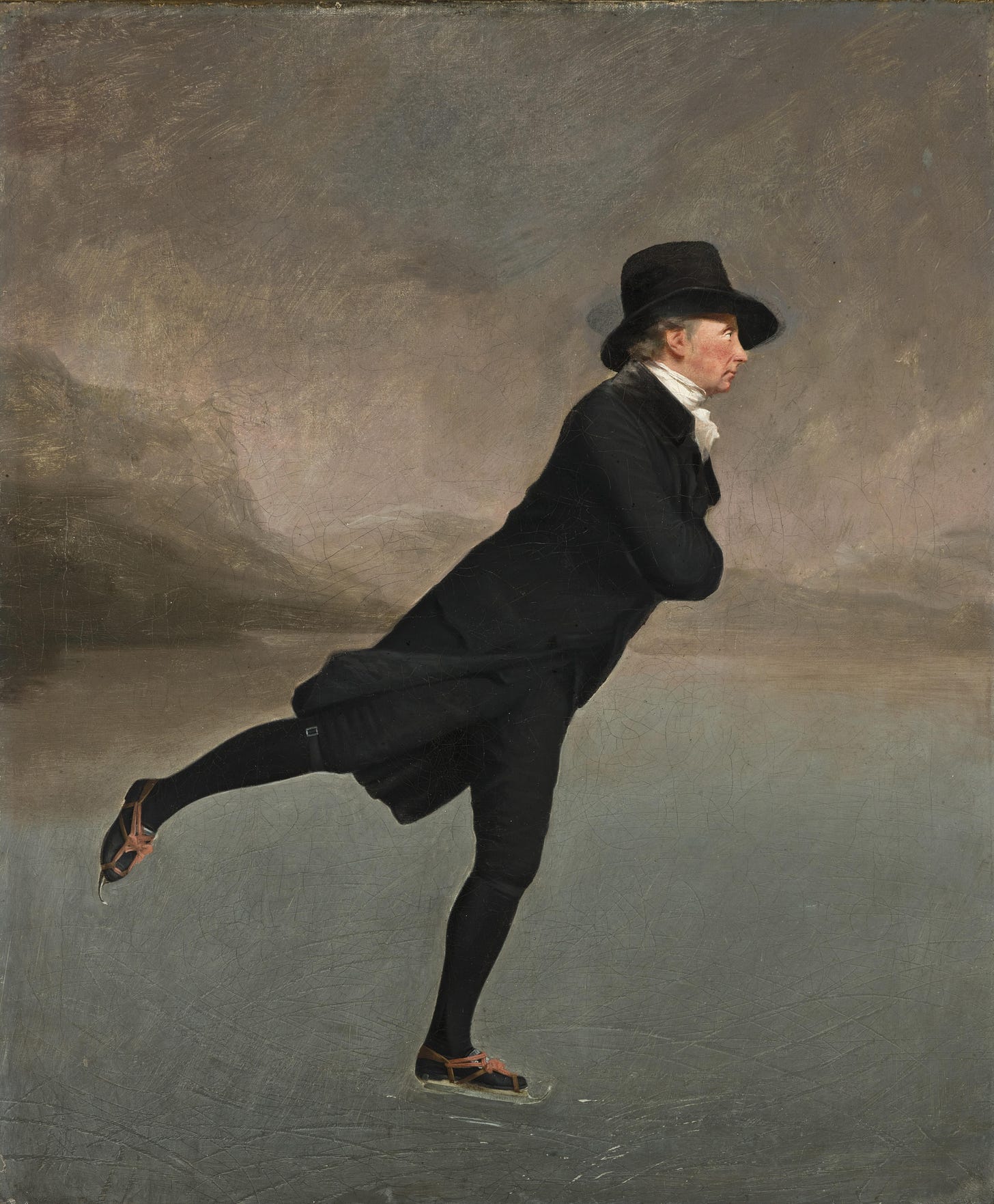
Winter is the season of lack, in every way. Our own bodies respond to the chill of winter as a cue to self-preserve, to hibernate. Creation knows that spring is coming, but rests dormant under the frozen ground, waiting.
And yet the core of theology of art is that God himself is an artist, a creative Creator who imbues all of his works with meaning, beauty, and truth. To apply this to winter – the dreariest of seasons, at surface level – means believing that even though this season is one of lack, a purposeful death before the resurrection ushered in by spring, there is beauty in winter because its Creator is beautiful.
May we have sight to notice!
Rachel-Anne Johnson, “A Localized Providence: Pieter Bruegel the Elder’s The Hunters in the Snow,” Art as Spiritual Perception: Essays in Honor of E. John Walford, Wheaton: Crossway, 2012, 139.





